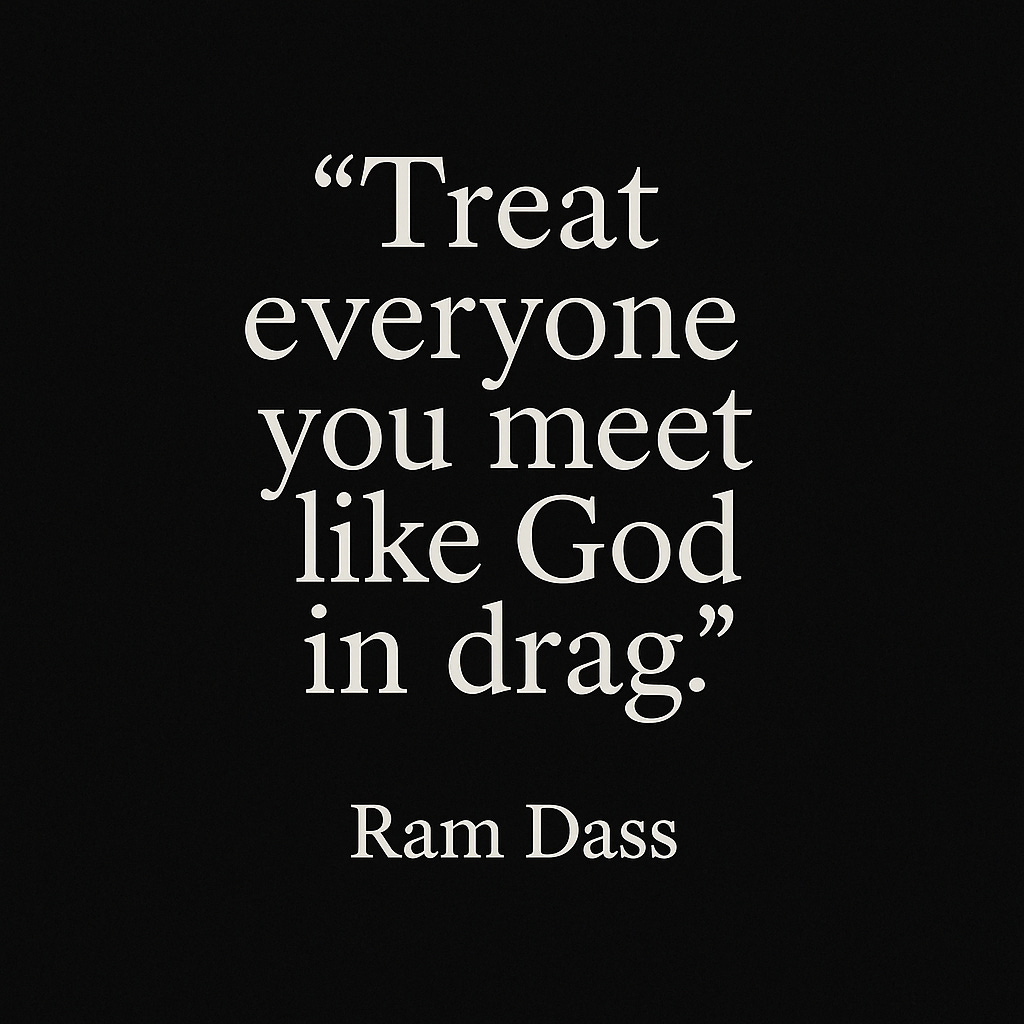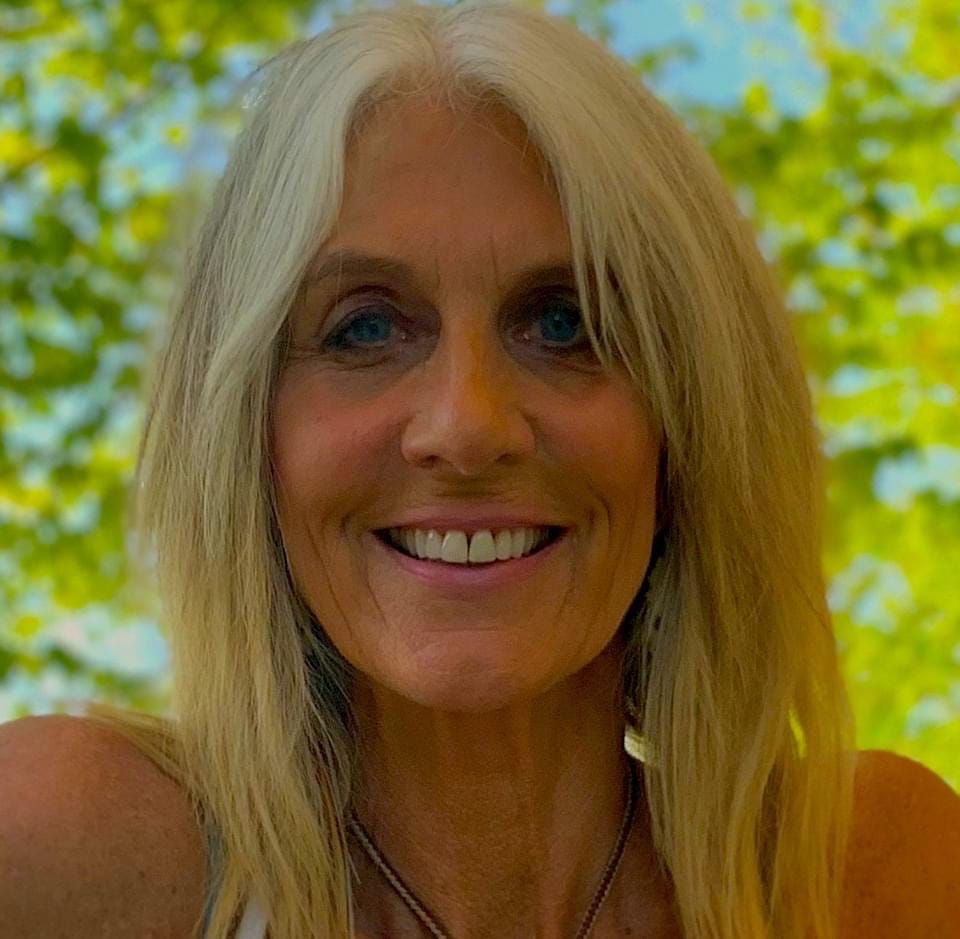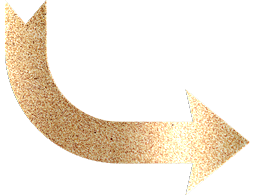I wasn’t raised in a church-going home.
Most of my friends were. And on Sunday mornings, they’d put on their shiny shoes and head off to some grand building where the windows glowed in color and the choir voices rose like incense to the rafters.
From where I sat, it looked like they were being ushered into something sacred. They were being handed access to God.
I imagined God lived behind those heavy wooden doors. That’s where He stayed, and you had to show up in the right outfit and know the right steps to be allowed in. Inside, there were instructions. There were expectations.There was a certain tone you had to adopt to be heard.
I didn’t question whether this God was real. I just wondered why I wasn’t invited.
And somewhere in that quiet ache, I began to believe He must be disappointed in me. That I’d been overlooked. That the Divine had a very specific shape—and I wasn’t shaped like that.
But it wasn’t God who turned me away, it was the architecture of Church and the system of Christianity with their ideas of a limiting God and a single way of knowing, that did.
And as strange as it may seem, those early ideas of who God is and what God is didn’t stay folded up in my childhood. They drifted into adulthood and quietly influenced the ways I kept reaching for the Divine.
However, when you grow up with a version of God that is masculine, controlling, punishing, and rule-enforcing, and the shape of that God can’t fit into the shape of your heart, you’re left with two choices.
You either walk away.
You learn to operate without that dimension of yourself—the spiritual one—letting your emotional and physical and mental life run the show, and hoping they’ll be enough.
Or you go looking.
You begin your own quiet quest, searching for a version of the Divine that fits—one you can feel residing inside you, familiar, like a language you knew before you had words.
The world doesn’t exactly celebrate this kind of search. You’ll be told you’re straying, maybe even called a heretic. Once again you’ll feel as though you’re standing outside the wooden doors in the wrong clothes, and you still don’t know the secret knock.
Eventually, the ache inside becomes louder than the voice outside.
And for many of us that ache creates a dark night of the soul or some difficult unraveling—and something beautiful happens.
Something ancient and intimate finally has room to rise.
And suddenly, God is right there—not as the version we were told to believe in, but as the expression we never truly forgot, just buried somewhere deep inside us.
Now I understand my journey in two parts.
Part one was me trying to break down the wooden doors and get to God—the God I was told lived behind them, waiting to be impressed or obeyed or pleased.
And part two?
Part two was the slow, sometimes painful, sometimes liberating realization that behind those doors was something more like the Wizard of Oz.
By that, I mean the version of God that patriarchy created. The version the Church constructed so acceptance and love felt just out of reach. So I’d believe I had to earn it.
And I’m grateful—truly—for the dark nights of the soul that came to interrupt all that. It took more than one for me.
More than one ache. More than one ending. Each one knocking on the door of my heart with the same message: The door was always just a curtain. And what’s behind it isn’t what you’re looking for.
So part two has been about looking for God in all the right places. And by right, I mean the places where She actually lives.
Inside me. And behind the eyes of everyone I meet, everyone I love—and even those I struggle to understand.
I no longer go looking for God in doctrine or dogma. Now I find Her in the sacred hush of ordinary moments and in the practices that remind me exactly who and where God is.
Like a few nights ago, when I attended a Movement Medicine class, led by Carrie “Zaza” Branovan. What happened in that room wasn’t performance - it was revelation. It was God revealing Herself as She stepped forward in every dancer’s body. Each of us opened the door of our own heart and showed what God looks like when She moves through us.
We didn’t answer with words. We answered with our bodies.
We formed a line. One person at a time stepped forward and offered their movement -whatever shape Source wanted to take through them. And the rest of us followed. We mirrored that one person’s expression of the Divine, letting their rhythm live in our bodies for a moment.
And then the next person stepped forward. A new shape. A new offering. A new glimpse of the Mystery.
Again, we followed. Again, we became.
And then—eventually—we broke away into our own dance. The room burst open into a living constellation. Each person a unique point of Light. Each one moving as God.
It was stunning. It was sacred. It was exactly what I’ve always known to be true in my bones. There is no one shape for the Divine. We are each a unique doorway that isn’t meant to look the same.
If I believed, as a child, that God lived behind a locked door, now I know She lives in wide open spaces—in the breath, in the body, in the way we dare to become what we already are.
No one holds the key, because there is no door.
Only love.
Only a sacred, uncontainable Becoming.
Part two of my life knows we’re all just God in disguise. We’re Divine Essence clothed in skin, in story, in sorrow, in spark.
I now know the sacred isn’t hiding behind doors or inside holy books—the Sacred is walking toward me in sweatpants.
As Ram Dass said....




